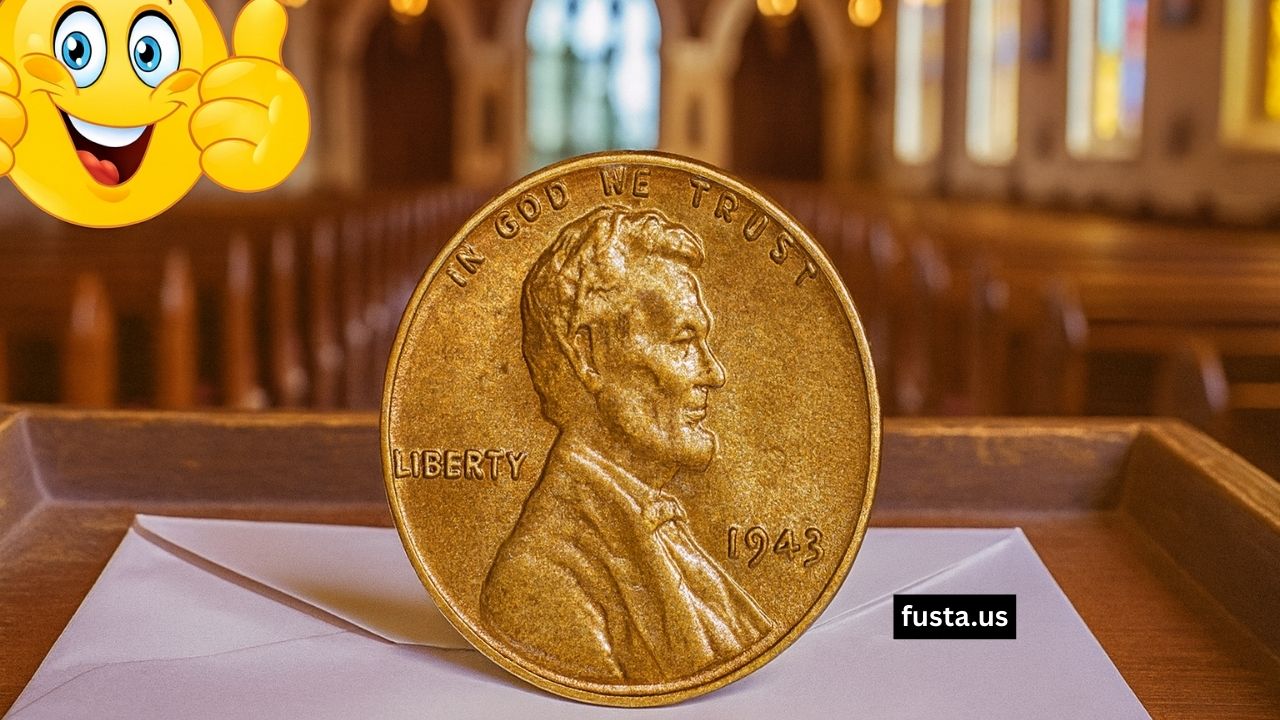The iconic Lincoln Wheat Penny might seem like just a penny, but certain rare varieties have sold for staggering amounts—one recently reached $144,000 at auction.
What makes this penny so valuable? Could one still be hiding in your pocket? Let’s examine every crucial detail, fact, and figure.
What Is the $144,000 Lincoln Wheat Penny?
The headline refers to an exceptionally rare 1943 copper (bronze) Wheat Penny, struck by accident during World War II.
That year, pennies were officially struck in steel to save copper for the war effort.
A very small number of copper planchets were mistakenly used, producing pennies that look like pre-war bronze cents. One such pristine example recently sold for $144,000, making it a modern headline grabber.
Experts estimate that fewer than 20 to 40 genuine 1943 copper Wheat Pennies exist today. One top-tier specimen fetched $144,000 at auction, and other private sales have reportedly hit nearly $1 million.
Meanwhile, another 1943 bronze cent sold for as much as $336,000 in recent months, illustrating just how much range there can be depending on condition and rarity.
Other High-Value Wheat Penny Varieties
- 1909-S VDB: A key collectible due to its low mintage and controversial designer initials (V.D.B.). Some have sold for well over $300,000.
- 1955 Double Die Obverse: Known for bold doubling on the date and inscriptions. Many were released into circulation, and well-preserved examples can fetch tens of thousands of dollars.
Other noteworthy rarities include the 1914-D, 1922 “No D”, and 1944 steel Wheat Pennies, each commanding strong values among collectors.
Could One Still Be in Circulation?
Yes—but it’s extremely unlikely. Most of these rare pennies have already been identified and secured by collectors and grading services.
That said, Wheat Pennies (minted 1909–1958) do occasionally appear in pocket change or old coin rolls.
The slim possibility of uncovering a rare variant, however remote, keeps treasure-hunting alive and exciting for coin enthusiasts.
Rarity & Value
| Variety | Why It’s Iconic | Estimated Known Quantity | High Auction Price | Still in Circulation? |
|---|---|---|---|---|
| 1943 Copper (Bronze) | Wrong metal; WW II minting error | Fewer than 20–40 known | Up to $336,000+; $144,000 spec. | Extremely rare, but technically possible |
| 1909-S VDB | Low mintage; designer’s initials | Few surviving high-grade | $300,000+ | Very rare, not to be expected |
| 1955 Double Die | Strong doubling on obverse inscriptions | ~20,000–24,000 originally | Tens of thousands $ | Rare, but occasionally found |
How to Spot and Verify Rare Wheat Pennies
- Identify the date and metal—especially if it’s a 1943 cent that’s brown/copper colored.
- Use a magnet test—a genuine 1943 copper penny will not stick, while steel or copper-plated fakes will.
- Look for doubling—on 1955 cents, check for bold doubling on “LIBERTY,” “IN GOD WE TRUST,” and the date.
- Get it graded—top value comes only when certified by reputable grading services.
The $144,000 Lincoln Wheat Penny is not myth—it’s very real and drew headlines for good reason.
The infamous 1943 copper Wheat Penny remains the Holy Grail, alongside other rarities like the 1909-S VDB and 1955 Double Die. While finding one in circulation is exceedingly rare, the legend persists and motivates collectors to inspect every penny.
If you suspect you’ve found one, meticulous testing and certification are your path from spare change to numismatic treasure.
FAQ’s
Why is the 1943 copper Wheat Penny so valuable?
Because it’s a rare minting error—copper planchets mistakenly used in a year where only steel cents were intended—resulting in extreme rarity.
Are there really fewer than 40 of these copper 1943 pennies?
Yes. Estimated surviving coins number between 20 and 40, making any authentic discovery highly prized.
How can I avoid fakes?
Use simple tests like the magnet check, then have any suspicious penny professionally authenticated and graded before assuming its value.
